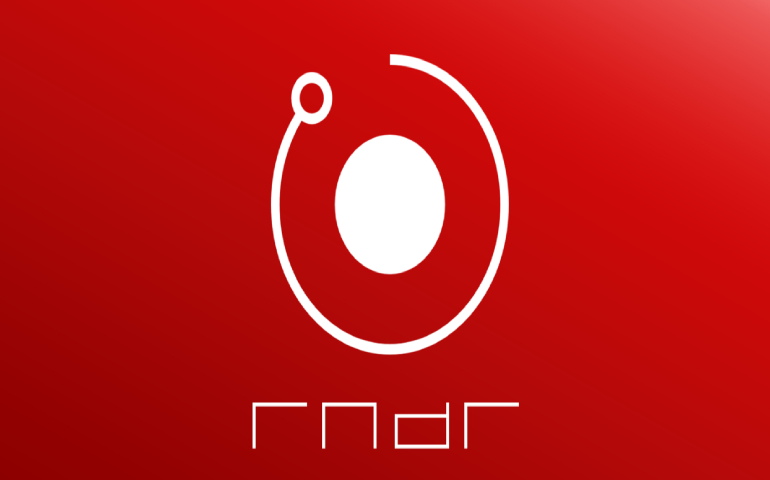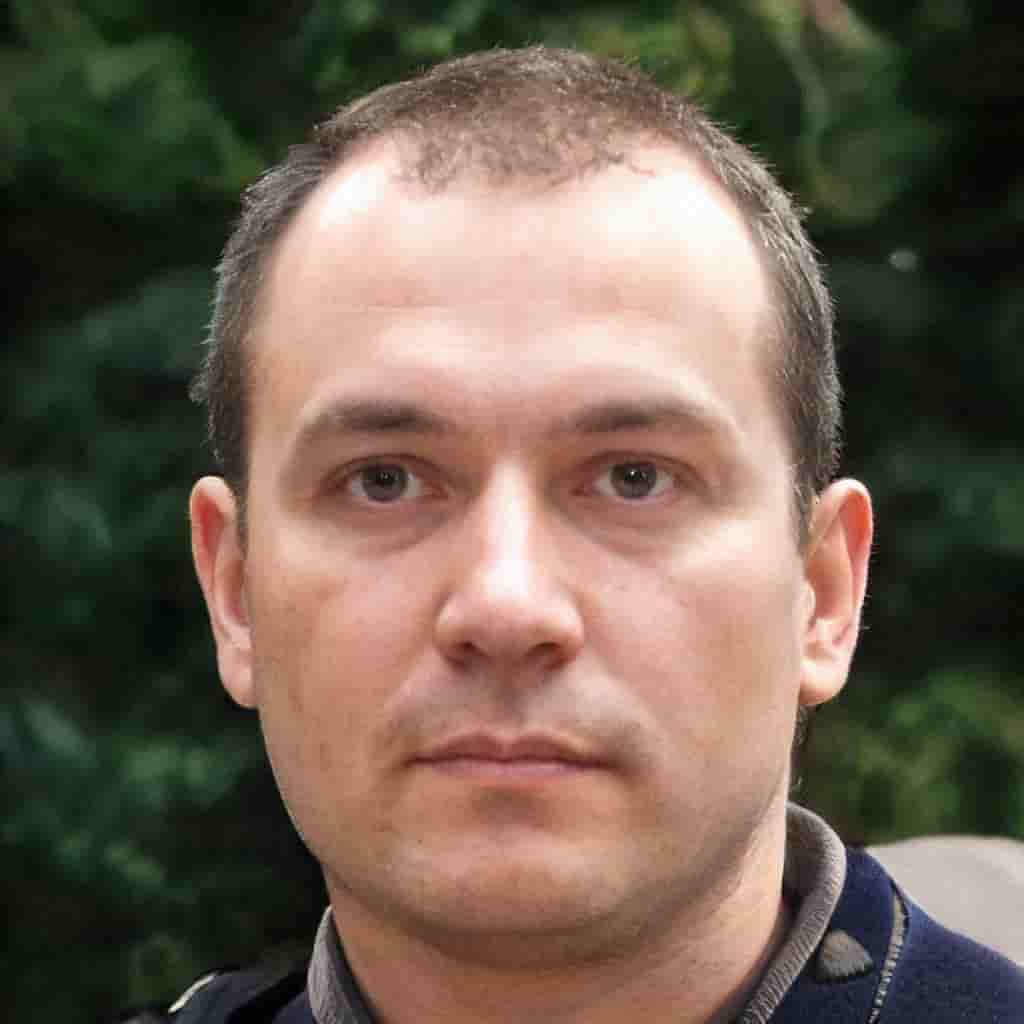Render Token (RNDR): what is it, how does it work?
 Dwain Ross
08 / March / 24
Visitors: 158
Dwain Ross
08 / March / 24
Visitors: 158
Render Network is a blockchain project designed to revolutionize the world of 3D rendering, especially in special effects, animation, and other graphically intensive applications. The rendering process, which turns unrealistic 3D images into high-quality pictures, requires significant computing power that is often beyond the reach of small studios or independent creators.
Render offers a semi-decentralized solution to this problem (we will see below that the network is not completely open and decentralized).
Using blockchain technology, Render allows people with powerful GPUs to participate in rendering projects, creating a peer-to-peer rendering network. Users who contribute their computing power are rewarded in Render tokens (RNDR), and those who need computing power for their projects pay in RNDR. This system creates a circular economy and democratizes access to high-quality rendering resources.
Render is part of the broader cloud computing and narrative DePin (Decentralized Physical Infrastructure Networks) market, responding to growing demand not only in media and entertainment, but also in areas such as real estate, education, medicine and artificial intelligence. The project aims to capture and retain the growing demand by continuously improving its performance to capture more market share.
Render Token (RNDR) is a cryptocurrency developed by OTOY Inc, a technology company specializing in real-time and virtual reality (VR/AR) graphics rendering solutions.
Render Network's operating principle and business model
Render Network operates on a reputation system where members earn points for successful work and lose them for unsuccessful work. Customers can choose different levels of service, depending on their needs for cost, speed and security. Payment for services is made exclusively in RNDR tokens, which are stored in a smart contract until they are distributed to participants after a task is completed.
A node operator offers a batch of graphics cards (GPUs), called a partition. Depending on his reputation, he has to earn more or less tokens, as detailed in the documentation.
A partition has its own unit of account called OctaneBench (OB), which is akin to a hashrate in mining. It will also earn more or less Render tokens depending on performance.
As a reminder, customers can choose the level of service according to their preferences for speed, cost, security, and node reputation.
There are three levels of service:
- Level 1 (Trusted): Not yet available;
- Level 2 (Priority): offers priority in the render queue, more power and higher average speed compared to Level 3;
- Level 3 (Economy): the most economical rendering solution.
Recommended hardware for networking
Renderings will require a relatively modern machine, in addition, the Render Network is not a completely open and decentralized network, to become an operator you need to fill out a form and contact the OTOY team.
Here are the general guidelines:
- CUDA-compatible NVIDIA® GPU and a minimum of CUDA® 10.1 drivers with support for processing power 3.0 or higher. Recommended: a minimum of 6 GB VRAM, preferably more than 8 GB VRAM;
- At least 32 GB of system memory (RAM), with more RAM to help the node process more complex scenes;
- A strong network connection is essential for downloading and uploading resources;
- 100 GB of free disk space is recommended. SSDs and non-mechanical hard disks are also preferred for faster read/write speeds. Render Network uses a C-Drive node, so if you have multiple disks, please use the fastest disk or SSD as a temporary folder on the C-Drive and provide enough space;
- Profitability note: it is difficult to determine the profitability of this activity as a node operator without going through the entire registration process.
OctaneRender: mandatory paid license for designers
To use the maker portal, an active license or subscription to OctaneRender is required, which can be purchased on the OTOY website. The annual price is €19.99/month. If you prefer the monthly option, you'll have to pay €23.95/month.
Using the Render token (RNDR)
Render (RNDR) is a proprietary network token that performs several basic functions:
Payment: the RNDR token is used by creators to pay for rendering services on the network. Creators who need rendering resources pay for access to distributed computing power.
Governance: RNDR token holders participate in the governance of the protocol, influencing its development and future monetary policy.
Rewards for providers: GPU providers are rewarded with RNDR tokens for their rendering services.
Partnership with IO.net
IO.NET is a proprietary cryptocurrency project that is a decentralized computing network that allows machine learning (AI) engineers to access distributed cloud clusters at a fraction of the cost of comparable centralized services. The goal of the project is to combine one million GPUs into a decentralized physical infrastructure network (DePIN) to optimize the performance and scale of machine learning models by harnessing the power of multiple cores distributed across multiple systems.
IO.NET is compatible with the Render Network, which means that users of its service can use the GPU pool provided by Render for other purposes. This enhances the networking effect of the two projects.
IO.NET is mainly used for batch inference, model maintenance, parallel learning, parallel hyperparameter tuning, and reinforcement learning.
Render Network command
The team behind Render Network consists of experienced professionals working at OTOY, an innovative graphics rendering and virtual reality company. With over 25 years of experience in the field, OTOY is known for its proprietary development of the OctaneRender engine, a high-quality 3D rendering tool that is highly regarded in the industry for its photorealistic rendering capabilities.
Jules Urbach, founder of Render, is a 3D pioneer with over 25 years of experience. He started his career by creating his first video game at the age of 18 and then developed the first 3D video game platform for the Internet. The technology has been licensed by leading companies such as Macromedia, Disney, Warner Brothers, Nickelodeon, Microsoft, Hasbro and AT&T. The company has always strived to revolutionize the capture, creation and distribution of 3D content.
Ari Emanuel, CEO of Endeavor, a global sports and entertainment company, is also associated with Render. Emanuel, who has extensive experience in the entertainment industry, has played a crucial role in several major mergers and acquisitions, helping to shape the modern entertainment and sports landscape.
Mike Winkelmann, aka "Beeple," is a renowned graphic designer and digital artist. Beeple has made a name for himself in the digital art world, particularly with his "Everydays" series of work, which he has been creating and publishing daily for over 13 years. His contribution to Project Render goes beyond his background in graphic design; he brings his perspective as an artist utilizing 3D rendering technologies in his work. Beeple is known for his collaborations with top brands such as Apple, Space X, Nike, as well as his work on concert visuals for artists such as Ariana Grande and Justin Bieber.
Conclusion
The Render Network project aims to democratize GPU rendering in the cloud. Render connects users who need rendering work with those who own idle GPUs. Node operators (GPU owners) earn RNDR tokens by accepting rendering jobs. OctaneRender uses a computer's graphics card to quickly create photorealistic images.
The goal of the project is to provide virtually unlimited decentralized decentralized GPU computing power to create next-generation 3D content.







